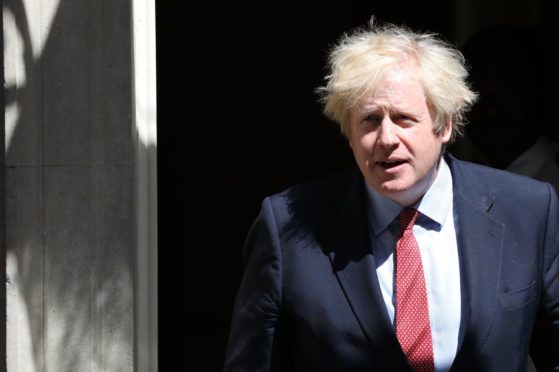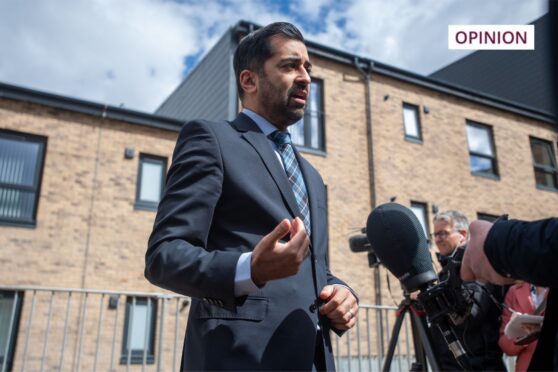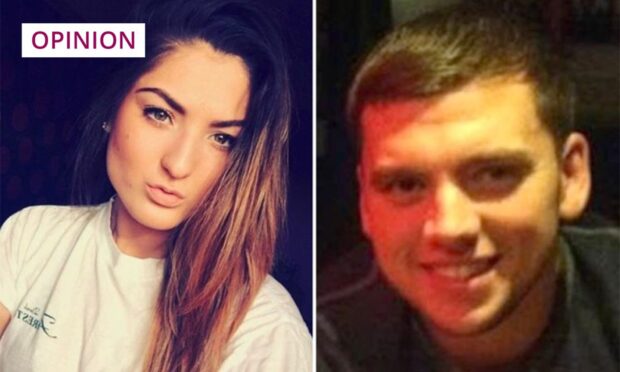Sir, – Dominic Cummings’ story is becoming more and more implausible, especially his 60 mile “eye test” to Barnard Castle because he did not want his wife driving all the way back to London.
Mrs Cummings is Mary Wakefield, the commissioning editor of the Spectator magazine.
At the end of April she wrote an article in the magazine about the trials of self quarantine with an ailing husband and emerging into the London lockdown, completely avoiding any mention of the notorious trip north.
Mary Wakefield got her first job with the Spectator after winning a travel writing award describing her drive across Texas.
A five-hour drive to London is well within her capabilities.
One of the prize awarding judges was a journalist and aspiring politician named Boris Johnson.
He and Wakefield were colleagues. Dominic Cummings was also briefly employed by the Spectator.
His sacking was verified by Andrew Neil, the Spectator’s chairman.
Cummings refused to believe he was at fault.
Cummings joined the Westminster bubble as a special adviser to Michael Gove before falling foul of David Cameron.
He later resurfaced as Boris Johnson’s special adviser and appears to regard himself as immune to any form of censure.
It is clear that Cummings holds more sway with Johnson than any of the professional civil servants or democratically elected MPs.
If Johnson wants to regain any respect or authority he has to find the courage to act like a leader and get rid.
Ken Guild.
76 Brown Street,
Broughty Ferry,
Dundee.
It is their way or the highway
Sir, – Dominic Cummings’ relationship with Boris Johnson seems deep and tight.
Mr Cummings is the details man behind Mr Johnson’s big picture visionary strategic directions, some say convulsions.
From an observer’s view it appears that all who get between Boris and Dom get short shrift, particularly if they express views which are not “on” the message.
The most recent evidence being the science team of professors Vallance and Witty being closed down from answering questions.
Health Secretary Matt Hancock seems to be set up as the fall guy for Covid, along with the others in the science community. It’s “their way or the highway”, and that’s quite ironic.
Concerningly, it appears there is no elected official or deputy minister, prime or otherwise, to take the reigns when Boris is out of action, not that I wish such to occur.
But should a repetition event similar to the PM’s Covid illness occur, who will take the reigns?
Surely Mr Cummings has been shown to make suspect decisions in these pressure situations, and keeping the PM’s seat warm is probably above his pay grade.
This situation reminds me of the cuckoo egg that has been laid in a surrogate’s nest.
When hatched the young cuckoo ejects any other eggs out of the nest to ensure the parents feed it alone.
The poor parents of this surrogate work their tails off to feed it, as is their instinct.
The surrogate family will only find relief when the insatiable interloper “flies off”, and they can start again next year in 2021.
I leave you to wonder what start again means or is?
Alistair Ballantyne.
Birkhill,
Angus.
The numbers don’t add up
Sir, – As Scotland comes out of lockdown and into Phase 1, people are looking forward to golfing, hiking and fishing again. However the guidance only allows this to be done locally, ie within five miles.
That is fine if you have a top-class golf course, salmon river or Munro on your doorstep, but that is not the case for the majority of Scots, meaning thousands will miss out on valuable exercise and essential stress relief.
Phase 1 does allow unlimited travel to visit friends and family, meaning somebody in a region with a high “R” value is free to drive all over Scotland visiting family and friends but a person living in a region with a very low “R” rate, like the Highlands, can’t drive 10 miles to climb a remote hill or go fishing.
The first minister says she will be guided by the numbers, but I am afraid in this case the numbers simply don’t add up.
John Gardner.
12 Garten Street,
Dundee.
What has first minister done?
Sir, – We hear praise and adulation for Nicola Sturgeon and her conduct of the response to the coronavirus crisis.
I am left wondering what she has actually done? She is very good at presentation and that has clearly resonated.
But what, other than more or less follow UK Government policy, with the occasional tweak, has she actually achieved?
The virus has been running its course and we have been locked down. That has been the case throughout the UK.
Jill Stephenson.
Glenlockhart Valley,
Edinburgh.
Prove Strachan is not right
Sir, – Gordon Strachan’s concerns regarding Scottish football are essentially a wake-up call for many of Scotland’s smaller communities – and, particular to this area, the Angus towns of Arbroath, Brechin, Forfar and Montrose.
Strachan, with a wealth of playing and coaching experience at the highest level, has warned Scottish football it is time to get real.
He questions the professional status of clubs which have only a couple of hundred fans and pay players £80 a week.
However, perhaps Strachan’s advice would be better directed at our communities.
If people want a professional team badly enough then they must show it by going to matches and paying the admission money they need to survive.
It is no secret that the directors and sponsors of our Angus clubs regularly dip into their own pockets to keep their teams going, but this is hardly sustainable.
Strachan’s comments about our national game are acutely observed and should chime with many.
Hopefully, at the very least, they will spark some honest and serious discussion about where we go from here.
That is, of course, if it isn’t too late for the smaller sides in danger of falling off the cliff.
These teams rely on a handful of faithful season ticket holders and a small army of volunteers.
But the dedication and devotion of the few is not enough.
If the people of these communities do not start to throw their clubs a lifeline by attending matches then no amount of reminiscing and regret shall revive those who go under.
As it is, the numbers game appears to suggest that some teams might not survive.
Given that Scotland has almost half the number of professional football teams of England but only a tenth of their population and a tiny fraction of their TV revenue, it’s not difficult to predict something must give.
More difficult to predict is the state of play as we begin to emerge from Covid-19 lockdown. However, what is certain is the need – more than ever before – for small towns to support their local teams.
Let’s not give Strachan the chance of saying “I told you so!”
Jamie Buchan.
Grove Road,
Dundee.










